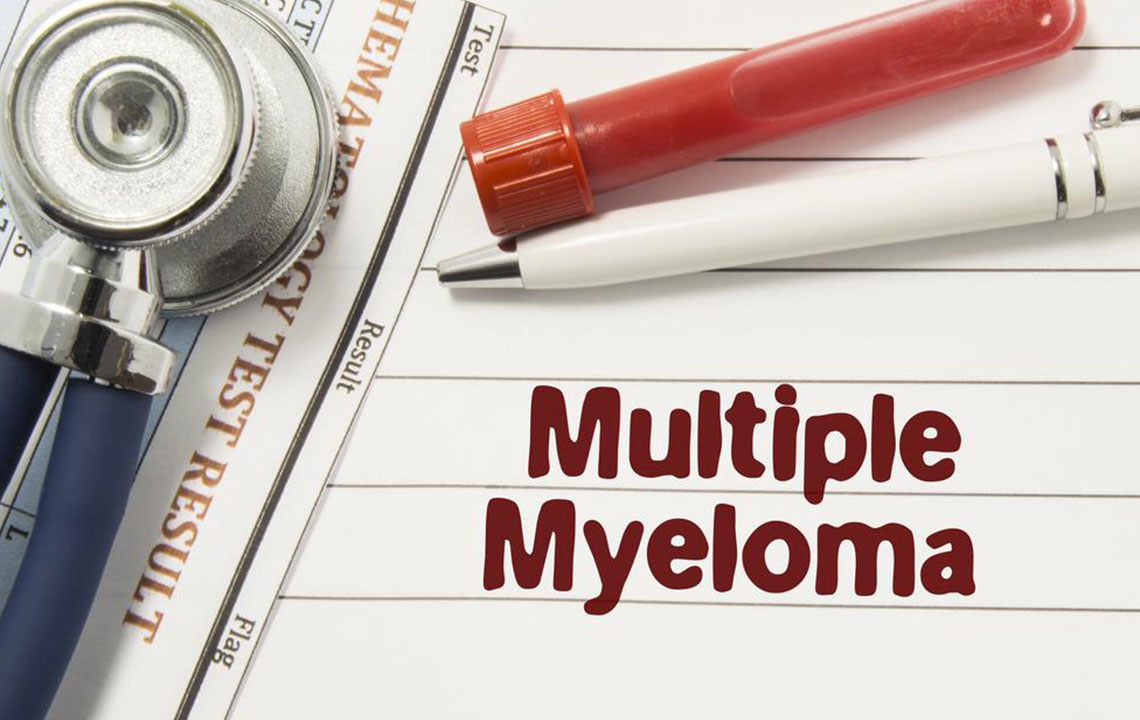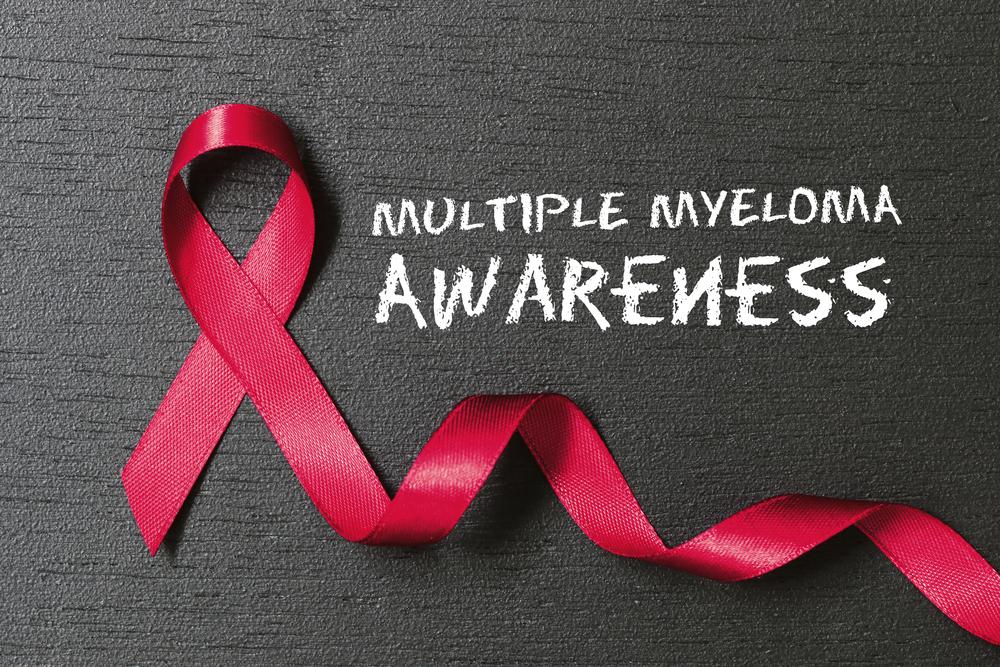Comprehensive Guide to Multiple Myeloma: Key Facts and Advances for Patients
This comprehensive guide explains multiple myeloma, a rare blood cancer, detailing its causes, symptoms, and latest treatment options. It emphasizes the importance of ongoing care, early detection of relapse, and recent medical advances that enhance survival rates and quality of life for patients. The article aims to educate patients and caregivers about managing this complex disease effectively and staying informed about new therapies and personalized treatment strategies.

Comprehensive Guide to Multiple Myeloma: Key Facts and Advances for Patients
What is multiple myeloma?
Multiple myeloma is a complex and rare form of blood cancer that originates in the plasma cells of the bone marrow. Plasma cells are specialized white blood cells responsible for producing antibodies, which are essential for immune defense. When these plasma cells become malignant and grow uncontrollably, they form tumors within the bone marrow, leading to multiple cancerous sites throughout the body. This disease is considered a hematological malignancy with a tendency to progress and relapse, posing significant challenges for effective management. In the United States, the incidence rate is approximately 0.7%, meaning about 1 in 143 individuals may develop this condition during their lifetime. Despite ongoing research, multiple myeloma remains an incurable disease, although advances in treatment have allowed many patients to live longer and maintain quality of life.
One of the key issues with multiple myeloma is its recurrent nature. Even after successful initial treatment, the disease can return, often referred to as relapse or recurrent multiple myeloma. This underscores the importance of continuous medical oversight and the development of effective strategies to manage relapsed disease. Patients diagnosed with multiple myeloma need to understand the nature of the disease, the available treatment options, and the importance of regular monitoring to detect and address relapses promptly.
Relapse, despite initial successful treatments, highlights the critical need for ongoing medical care and adaptation of therapies to manage the disease effectively. It is essential for patients experiencing recurrence to consult their healthcare providers promptly to explore updated treatment options and improve outcomes.
Innovative and Personalized Treatment Options for Multiple Myeloma
The landscape of multiple myeloma treatment has evolved significantly over recent years, with new therapies designed to improve survival rates and enhance patients' quality of life. The choice of treatment depends on various factors, including the stage of the disease, patient age, overall health, and specific genetic markers of the cancer. Personalization of therapy aims to target the disease more effectively while minimizing side effects.
Standard treatment regimens include a combination of several therapeutic approaches, such as:
Targeted therapies: These drugs specifically target cancer cells to inhibit their growth and survival. Examples include Darzalex (daratumumab), Farydak (panobinostat), and other novel agents that have shown promising results.
Immunomodulatory drugs (IMiDs): Medications like lenalidomide and pomalidomide enhance the immune system's ability to recognize and attack myeloma cells.
Proteasome inhibitors: Drugs such as bortezomib and carfilzomib disrupt the protein degradation pathway in cancer cells, leading to their death.
Chemotherapy: Traditional chemotherapeutic agents may still play a role, especially in advanced or aggressive cases.
Steroids: Corticosteroids like dexamethasone are often used in combination with other therapies to reduce inflammation and tumor burden.
While these therapies can be effective, relapse remains a significant challenge. Researchers are continuously exploring new combinations and novel agents to extend remission periods. High-dose chemotherapy followed by stem cell transplantation, either autologous (using the patient's own cells) or allogeneic (donor cells), has been a mainstay in managing eligible patients. This approach aims to eradicate residual disease and restore healthy blood cell production.
Maintaining remission is critical; therefore, maintenance therapies post-transplant or post-induction therapy are often employed to prolong the time before relapse occurs. These may include low-dose chemotherapy, immunomodulatory drugs, or monoclonal antibodies.
Early detection of relapse through regular lab tests and imaging is vital for initiating timely treatment adjustments. Patients should work closely with their healthcare teams to develop personalized follow-up plans. Advances in genomic and molecular testing are also paving the way for more targeted and effective therapies in the future.
Living with multiple myeloma can be challenging, but with careful management and ongoing advances in medicine, many patients experience improved outcomes and better quality of life. Awareness, proactive treatment, and regular monitoring are the cornerstones of effective disease control.





